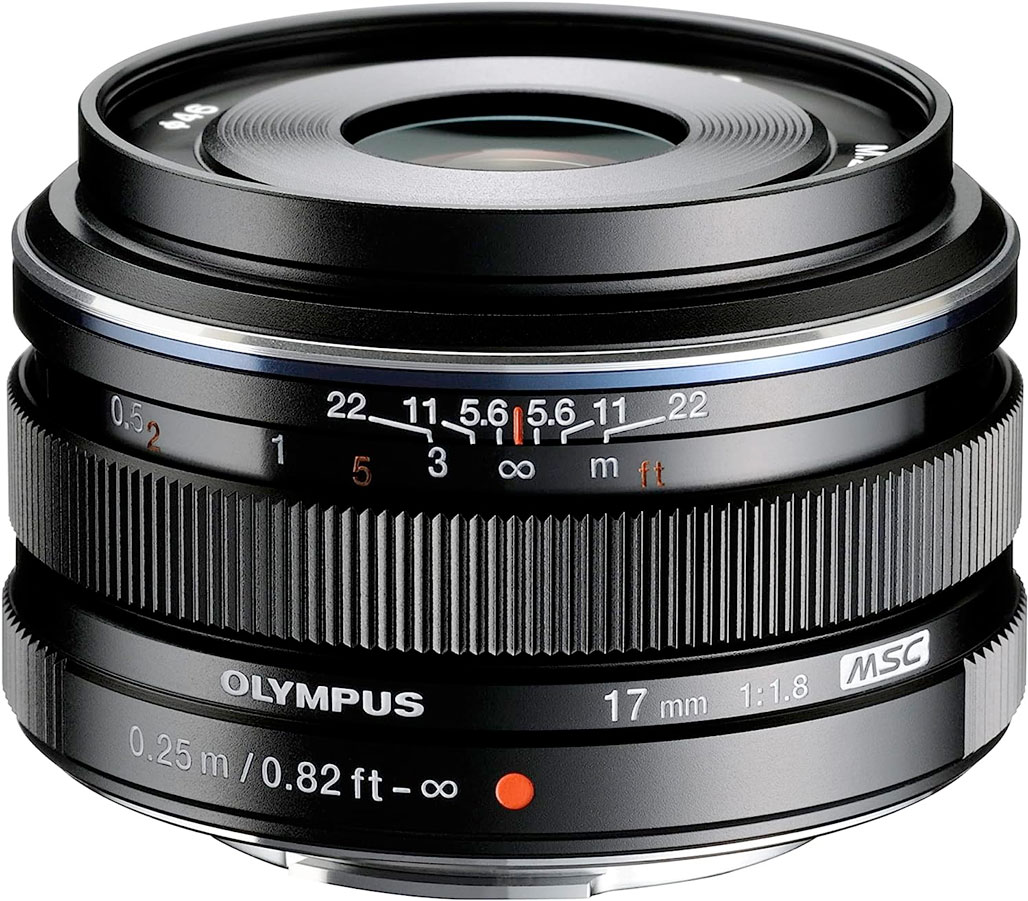In 1862 to fund the Civil War, an income tax was first collected in The United States. It was later deemed unconstitutional due to not being evenly apportioned across the states. With the adoption of 16th Amendment in 1913, the US again enacted an income tax. At that time, the filing deadline was March 1. In 1918 the deadline was changed to March 15, and then in 1955, the filing deadline was moved to April 15th. That day has come to be known as Tax Day and maybe some other names that are not printable on this blog.
Today’s Post by Joe Farace
“Once writing has become your major vice and greatest pleasure, only death can stop it.”— Ernest Hemingway (1899-1961)

How I Made this Shot: The road to Key West is the Overseas Highway that’s part of US Route 1 and extends 113 miles across the Florida Keys. It’s a long but scenic route featuring numerous bridges, including the famous Seven Mile Bridge. I shot the above image while on the road to Key West using an Olympus E-P3 mirrorless camera and a Olympus M.ZUIKO Digital 17mm f/1.8 lens that produces an equivalent angle-of-view of a 34mm lens. The exposure was 1/800 sec at f/10 and ISO 320. The in-camera Dramatic Tone Art filter was applied to add some drama.
Cayo Hueso is the original Spanish name for the island of Key West. It literally means “bone cay” or a low island or reef. It is said that the island was littered with the remains of prior native inhabitants, who used the isle as a communal graveyard.
Hemingway’s Key West
 I agree with the above quote late Mr. Hemingway. The only time I’ve been to Key West—I hope to get back there some day—I was able to visit The Hemingway Home and Museum there. Although Hemingway spent most of the latter part of his life in Cuba, it was an enlightening experience for me to see where the great man lived and worked. If you ever make it to Key West, be sure to check it out.
I agree with the above quote late Mr. Hemingway. The only time I’ve been to Key West—I hope to get back there some day—I was able to visit The Hemingway Home and Museum there. Although Hemingway spent most of the latter part of his life in Cuba, it was an enlightening experience for me to see where the great man lived and worked. If you ever make it to Key West, be sure to check it out.
About the lens: The M.ZUIKO Digital 17mm f/1.8 lens uses one DSA (Dual Super Aspherical) element, two aspherical elements, and one highly refractive index element to reduce distortion and spherical aberrations while providing sharp and accurate rendering throughout the aperture range. The lens has a manual focus clutch that lets you quickly pull the focusing ring into place for direct focus control. The DxO rating is 25 with places it on the poor side of a mediocre rating. My real world experience has been the opposite.
 If you enjoyed today’s blog post and would like to treat Joe to a cup of Earl Grey tea ($3.50), click here. And if you do, many thanks.
If you enjoyed today’s blog post and would like to treat Joe to a cup of Earl Grey tea ($3.50), click here. And if you do, many thanks.
Along with photographer Barry Staver, I’m co-author of Better Available Light Digital Photography that’s new available from Amazon for $21.50 with used copies starting around ten bucks, as I write this.